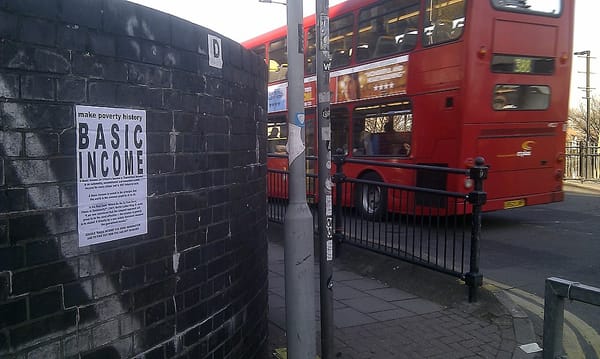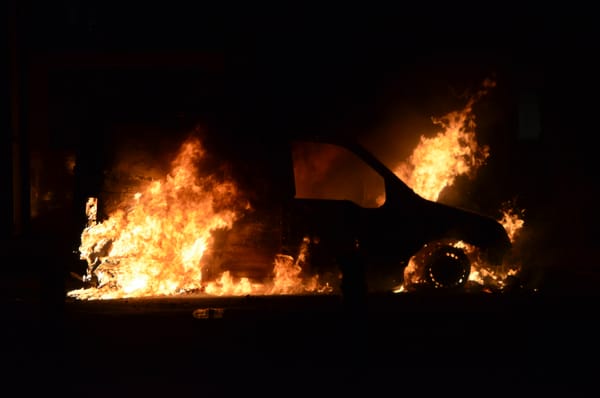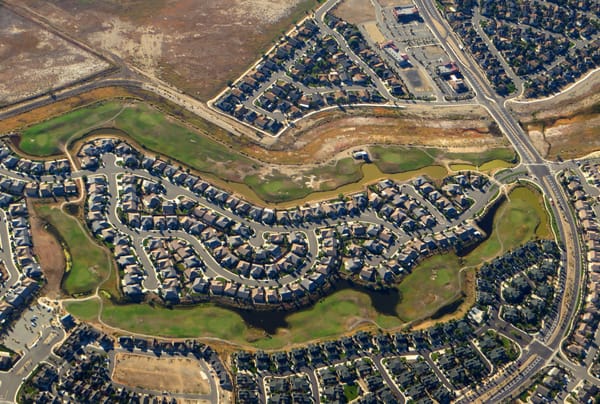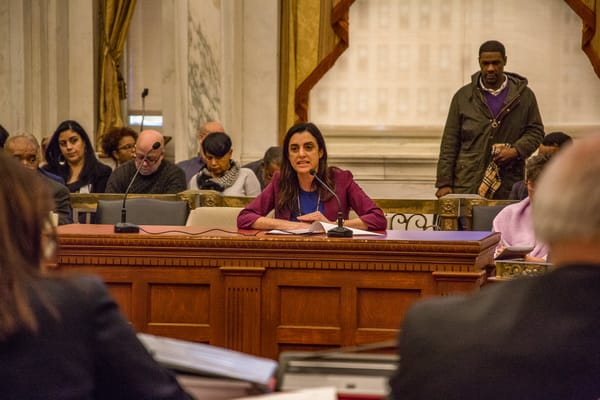Liberalism’s Empirical Turn
Contrasting Samuel Moyn's vision of Cold War liberalism with Joshua Cherniss's.
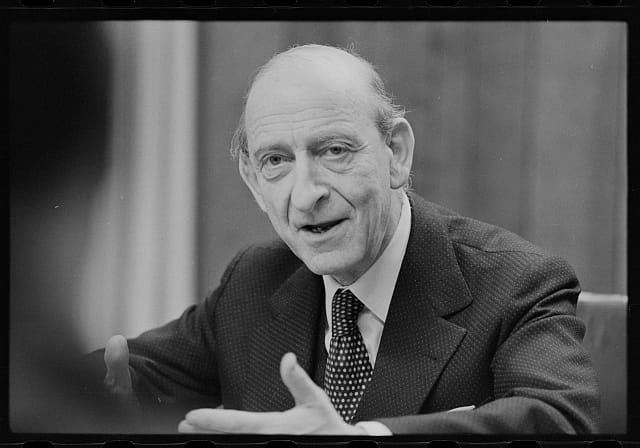
Liberalism has lost its way. Our troubling era of rising authoritarianism and political extremism points to the fragility of liberal norms and institutions. Liberalism Against Itself, a new book by Yale professor of law and history Samuel Moyn, argues that the problem with liberalism today is that it no longer stands for progress. A conservative instinct now rules; hampering liberalism’s ability to inspire radical political action. This more than anything else is said to explain liberalism’s current troubles.
A valuable complement to Moyn’s argument can be found in Liberalism in Dark Times, a 2021 work by Joshua L. Cherniss, a professor of government at Georgetown University. For Cherniss, the fundamental problem with liberalism today isn’t so much that it is conservative and doctrinaire, but rather that it is morally weak. Moyn also laments the demoralization of liberalism, but Cherniss places a greater emphasis on ethics as the primary source of disarray. Liberals have had good ideas, but have simply been doing politics the wrong way. As Cherniss sees it, “there is something not only paradoxical but (potentially) self-defeating, and even pathological, about seeking to live a liberal 'creed' through an illiberal ethos.”
By drawing attention to the dangers of neglecting a robust moral vision, Cherniss does not wish to deny that there are different ways of interpreting liberalism’s declining appeal. The change from a civic and virtue-minded liberalism, which speaks plainly to ordinary people about the pursuit of a common good, to a more bureaucratic form of liberalism that is intensely focused on the role of institutions and proper procedure in securing the abstract rights of individuals, is only one story among many.
According to one compelling account, there has been a noticeable change in tenor from the more “ambitious and hopeful” progressive liberalism of the New Deal era to the “conservative, gloomy, anxious” liberalism of the post-Nixon/Reagan era. Another popular complaint is that post-war liberalism grew more dogmatic as liberals fixated on their Cold War enemies and sought to stand in direct opposition to them. These familiar narratives are present in some form in Moyn’s work, but what sets Moyn’s book apart is the convincing way in which he traces the root of liberalism’s dysfunction back to one moment in time: the Cold War.
Moyn argues that during the Cold War, liberalism turned against itself, abandoning its radical past in favor of a timid defense of non-interference. Moyn tells the story of this betrayal by looking at some of the key architects of this transformation. Isaiah Berlin and Karl Popper stand out in this account for their disfigurement of the liberal tradition. Under their combined influence, ‘romantic liberalism’—a radical movement fighting for freedom and equality for all—was consigned to the margins of liberal history.
Drawing inspiration from Hegel and Marx, romantic liberals saw history as the primary site of radical change. They sought to challenge corporate power by promoting a conception of liberty as ‘freedom from domination.’ Far from being hostile to the idea of government intervention, romantic liberals believed that an ‘ethical state’ could create a more equitable society by the redistribution of assets. Moyn contends that the intentional erasure of this passionate group of liberals from the liberal canon was a disaster for the cause of social justice in the twenty-first century. Without Hegel and Marx, liberalism lost its springboard to a more forward-looking vision of collective emancipation. All things considered, Moyn concludes, Cold War liberalism was a catastrophe for liberalism.
As expected, not all historians agree with this statement. Cherniss paints a slightly different picture of the Cold War period. Cherniss’ exploration of the thought of twentieth-century liberals such as Raymond Aron and Reinhold Niebuhr makes it quite clear that there were some merits to the Cold War fixation on the dangers of totalitarian tyranny.
As Moyn himself recognises, Cold War liberals were right to point out that crude interpretations of history could lead to shocking inhumanity. Moyn suggests that Popper is partly to blame for the decline of historicism, but much more devastating for the view that history has a set meaning and direction was the triumph of the scientific outlook in the humanities. As liberalism took an empirical turn in the post-war period, it became harder for serious intellectuals to justify their political actions by appealing to grand metaphysical ideas.
Another important consideration that is not sufficiently discussed in Moyn’s work is that Cold War liberals performed a service to humanity by rearticulating the vital importance of limits. By carving out a sacred sphere for the individual, Cold War liberals imposed limits on what could be done to human beings in the pursuit of a praiseworthy goal.
This focus on limits has always been a recognizable feature of liberalism. Cherniss makes the rather astute observation that unlike conservatives, liberals do not desire to put an abrupt end to progress. Liberals are rather more inclined to take stock of historical developments and intervene when things get out of hand. Instead of declaring ‘never!,’ liberals are more likely to say ‘so far, but no further.’ This liberal temperament often stands in the way of the violent aspirations of ideologues, and when institutionalized, can save innocent individuals from being sacrificed in the name of some greater good.
Given the importance of moral and legal limits as a safeguard against human rights violations, Cold War liberals deserve our unfailing praise for having made it their business to oppose those who saw history as a ‘forum of opportunity’ to engage in ‘immorality for the future’s sake.’ The fact that this sort of ends-justifies-the-means thinking (what Cherniss calls ‘end-maximalism’) is still at work in some political circles today partly explains why some liberals still view some radical political thinkers as outright enemies of the liberal project, rather than ‘friendly sparring partners.’
This liberal detestation of human objectification—that is, the human tendency to use fellow human beings as mere means to an end—is not just a side concern. One of the key points of Cherniss' book is that Cold War liberals identified ‘political ruthlessness’ as the defining problem of their dark age. Cold War liberals were not only repelled by the cruelty of totalitarian states, they were also very anxious to avoid committing cruel acts in their own campaigns against state cruelty. Such ‘tempered liberals’, as Cherniss calls them, may have overestimated the extent to which communism was a threat to the survival of the American constitutional order, but by giving up on political ruthlessness they successfully neutralized the threat of a vicious cycle of violence.
What Cherniss’ book shows is that those who complain about liberalism's exaggerated fear of tyranny are missing an important point. As Cherniss explains, liberalism is not just about fear. It is also about ideals. It is those ideals that continue to be a source of inspiration for people around the world, despite the contemporary failure to articulate an inspiring moral ethos. Moyn should be credited for trying to inject some vitality into modern liberalism by recovering the radical promise of romantic liberalism. That said, as important as this historical correction may be, it is also crucial not to forget how tempered liberals played an exemplary role in countering the excesses of twentieth-century radicalism.
Featured image is Raymond Aron, by Marion S. Trikosko

